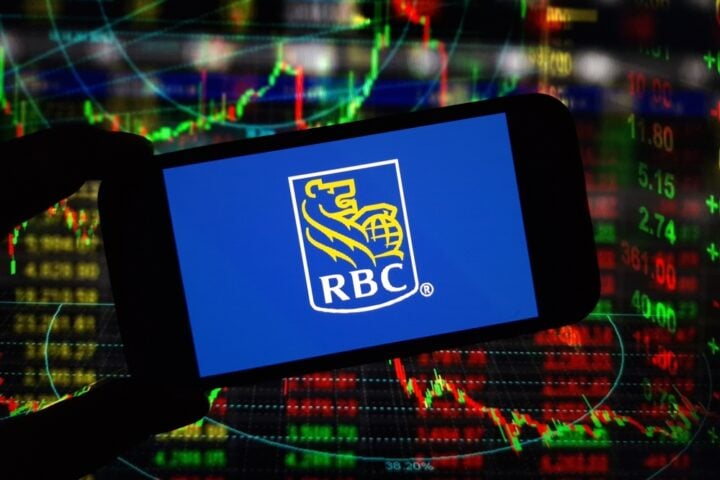The Mexican Peso (MXN) continues to slide, extending its losses for a fourth consecutive day as various risks push traders to hit the “sell” button. A combination of tariff threats from former U.S. President Donald Trump, a pessimistic International Monetary Fund (IMF) report, rising political risks, and weak economic data have contributed to the currency’s decline. In response, USD/MXN has rallied, breaking key technical levels as market sentiment turns bearish on the Peso.
Trump’s Tariff Threats Shake the Peso
One of the primary drivers behind the Mexican Peso’s recent depreciation is Donald Trump’s threat to impose tariffs of up to 300% on Mexican auto imports. In an interview with Bloomberg News, Trump emphasized the “tremendous challenge” posed by Mexico, citing the construction of mega car-manufacturing plants on the U.S.-Mexico border by China. According to Trump, this practice has undermined the U.S. auto industry, and he vowed to halt it by reinstating high tariffs.
Given the significance of the automotive sector to Mexico’s economy and its exports to the U.S., Trump’s comments immediately weighed on the Peso, which dropped by an average of 1.5% on Tuesday. The automotive sector is one of Mexico’s largest export industries, and any disruption in trade relations with the U.S. would have severe consequences for the demand for Mexican Pesos.
IMF Report Adds to Peso’s Troubles
The Mexican Peso faced further headwinds after the IMF released a report on Tuesday, downgrading its growth outlook for Mexico’s economy. The IMF now forecasts that Mexico’s GDP will grow by just 1.5% by the end of 2024, down from 2.1% in the second quarter of this year. This forecast is also lower than the Bank of Mexico’s (Banxico) own projection of 2.1% for 2024 and reflects a slowing economy that is grappling with “binding capacity constraints” and a tight monetary policy stance.
The IMF report also flagged weaker-than-expected growth in the U.S., Mexico’s largest trading partner, and concerns over Mexico’s controversial judicial reform, which has rattled investor confidence. These factors contributed to the Peso’s continued depreciation.
Weak Consumer Confidence and Rate Cut Expectations
Further downward pressure on the Peso comes from the release of weak September Consumer Confidence data and expectations of an interest rate cut by Banxico. The central bank is widely expected to cut interest rates by 50 basis points before the end of 2024, lowering the prime rate to 10.00% from 10.50%. Lower rates typically reduce foreign capital inflows, further weakening the currency.
Banxico’s September survey of private-sector analysts projects an average bank rate of 10.04% by year-end, with further reductions to 8.09% expected by the end of 2025. These expectations of continued rate cuts have made the Peso less attractive to investors, adding to the currency’s recent struggles.
Technical Analysis: USD/MXN Gains Momentum
On the technical front, USD/MXN has extended its recovery, driven by support from a rising channel and the 50-day Simple Moving Average (SMA). The pair appears to be in a short-term uptrend, with technical indicators suggesting further bullish momentum. The Moving Average Convergence Divergence (MACD) line has risen sharply and crossed above its signal line, signaling a continuation of the upward movement.
USD/MXN broke above the 19.83 level, the high from October 1, and is now targeting the 20.10-20.15 range, close to the September 10 high of 20.13. Given the principle of “the trend is your friend,” the Peso’s downtrend could persist as technical factors continue to point toward further weakness.
The Mexican Peso’s recent depreciation can be attributed to a combination of external and internal risks, including Donald Trump’s tariff threats, a downbeat IMF report, and expectations of lower interest rates. As traders grow more confident in the Peso’s downtrend, USD/MXN is pushing higher, with technical indicators pointing toward further gains. As the Peso remains under pressure, the path ahead will depend on how these risks evolve, particularly in relation to Mexico’s trade relations, economic outlook, and monetary policy decisions.







